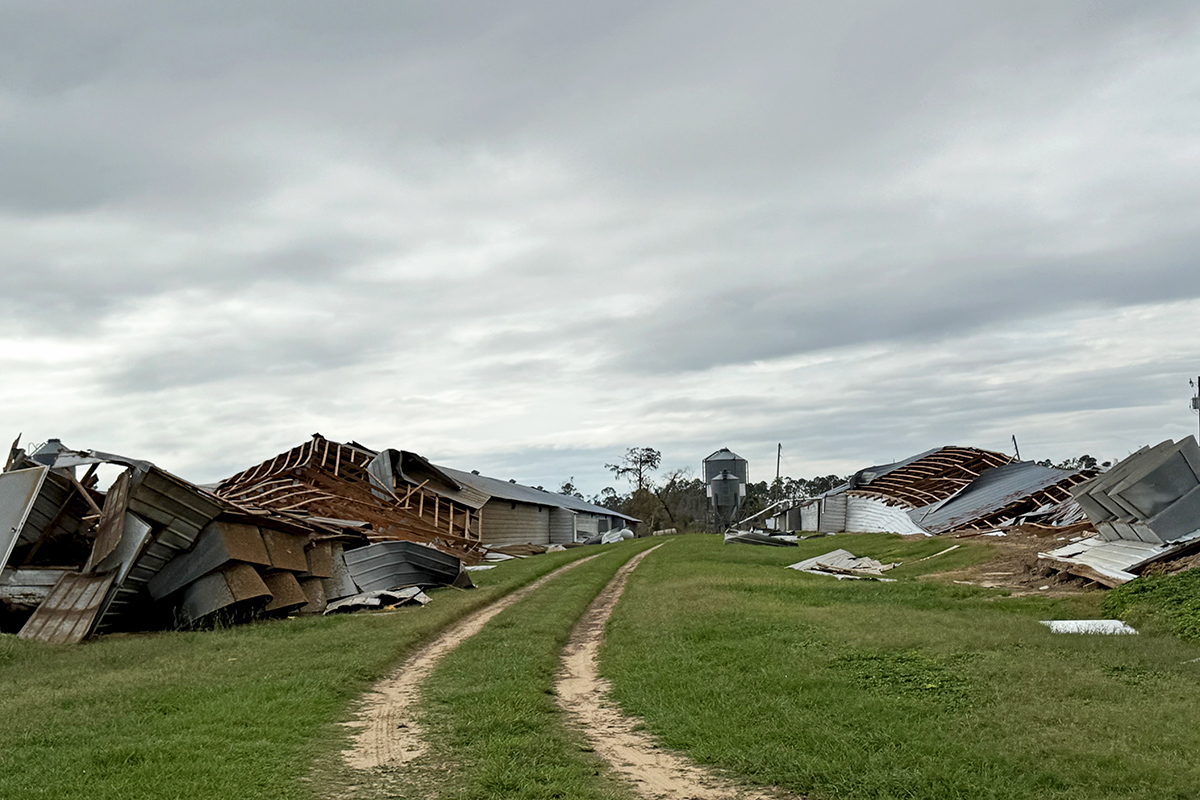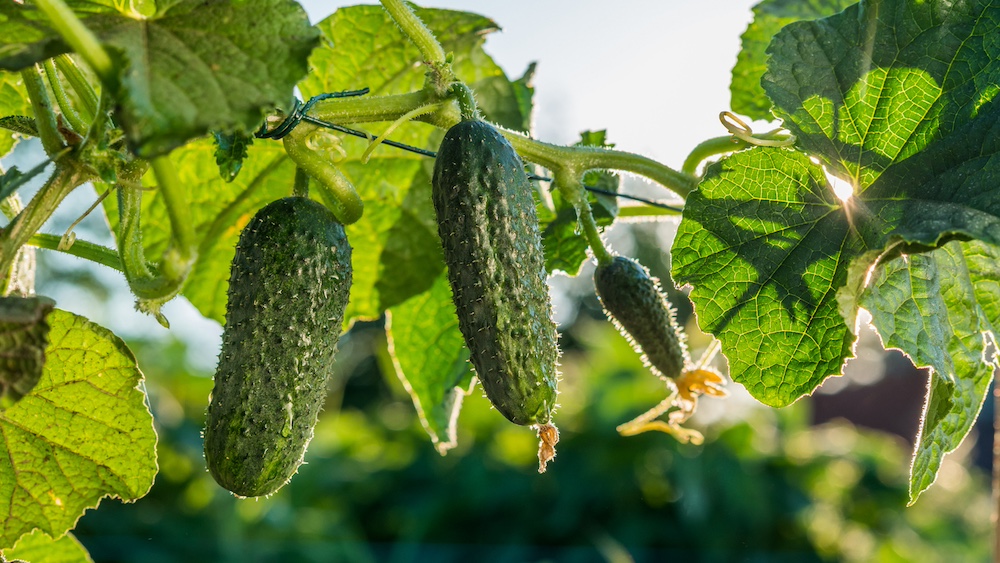Georgia’s unusually cold winter means that two of Georgia’s most famously sweet crops are at risk later this winter or early spring.
Peaches and blueberries require a certain amount of cold weather counted in chill hours, or hours below 45 degrees Fahrenheit. They need this cold period to bloom and set fruit properly in spring. In most years, this cold period protects the plants from blooming too early. If plants bloom early, it is more likely that the blossoms or fruit will be killed by a late-winter or early spring freeze.
Most peaches and blueberries grown in Georgia need between 400 and 700 chill hours to break dormancy and bloom. All of Georgia has experienced at least 750 chill hours since Nov. 1, 2010. Most locations have received more than 1,000 chill hours. Between Nov. 1 and Feb. 10, Brunswick has received 751 chill hours, Cairo 997, Homerville 1,064, Statesboro 1,190, Fort Valley 1,283, Byron 1,313, Griffin 1,412, Danielsville 1,576 and Calhoun 1,746.
With the needed number of chill hours met, all that is required now for blooming is a period of warm weather, which is on its way for Georgia and the Southeast.
This winter, the atmosphere has been in a very strong La Niña pattern. Typically, a La Niña gives Georgia a warmer-than-normal and a drier-than-normal winter and early spring. This is the first winter on record that Georgia has experienced a colder-than-normal winter while the atmosphere was in a La Niña pattern.
Another atmospheric pattern has overpowered the La Niña. The Arctic Oscillation, or AO, pattern has been at near record strength, pushing the unusually cold winter in the eastern U.S. and Europe. The short-term forecast is for the strength of the AO to return to a more typical level. With the AO weakening, Georgia should see a return to a typical La Niña winter and early spring.
With the expected return to a typical La Niña winter and spring, temperatures in the 60s and 70s are expected across most of the state for the next week or so. With warmer temperatures, peaches and blueberries will prepare to bloom. A couple of weeks in the upper 60s and 70s will lead to early blooming.
Unfortunately, the La Niña pattern has no impact on the date of Georgia’s last freeze. There is no way for us to forecast if the last freeze will be early or late this year. It only takes one freeze to destroy the crop for a year. Georgia’s blueberry crop is worth $102 million annually. Peaches are worth $60 million.
If plants bloom early, there is a greater probability that they will be hurt by a freeze. Producers should consider appropriate frost-protection strategies for the next several weeks.
Up-to-date chill hours and weather information across Georgia can be found at www.georgiaweather.net. Additional information on peaches, blueberries and Southeastern climate can be found at the website agroclimate.org.






